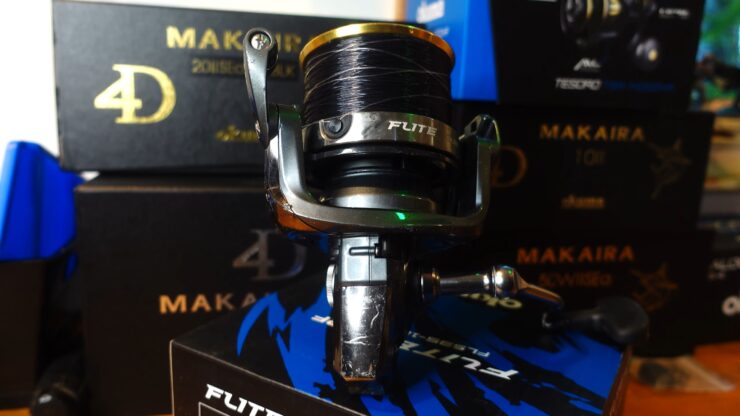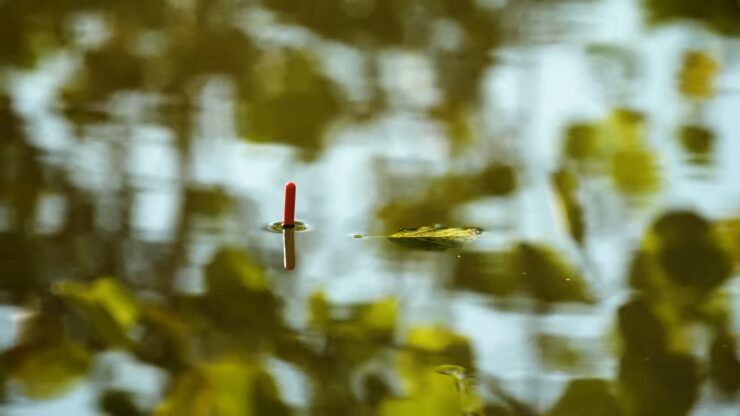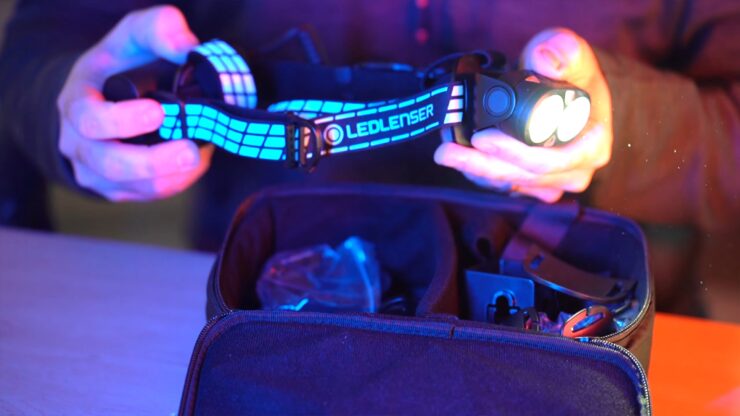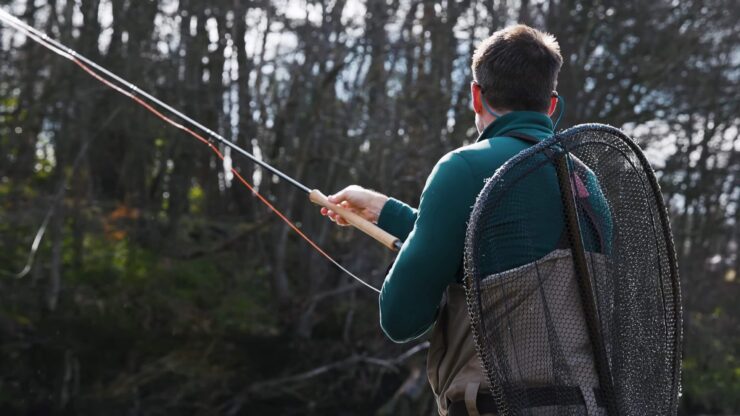So, you’ve heard about how fun fishing can be, and you want to start yourself, but don’t know how to?
As a beginner, you’re probably going to think of it as complicated, but it doesn’t have to be. Skills will be developed fast if you arm yourself with some basic gear.
The first thing you should do, however, involves obtaining a permit. Whether you are fishing for food or recreational purposes, you must apply for a permit before you go fishing. This is required by law in most states when fishing in public waters.
There are multiple options for the permit, but to save, we suggest you buy an annual permit because that way you save time and money.
In any case, this is not a big problem because fishing is a relaxing sport which means that you will probably go fishing every other week. That is why it would be good to have a valid permit with you at all times.
As for what kind of gear you’ll be needing, it will depend on what fishing style you’re going to practice (where you’ll be fishing, for what kind of fish, etc.). Based on those criteria you’ll be purchasing your equipment starting from the basic ones like a rod and a barrel swivel to other essentials.
However, this article covers classic fishing, which uses a rod with a reel and bait to attract fish. For new anglers, it is one of the simplest ways to go fishing with minimal investment.
When it comes to outdoor recreation, this sport has always been on top of the list of people’s favorite things to do. That is the reason so many like to indulge in it over the weekend.
As a beginner angler, you need to understand a lot of things beyond the technique itself, such as the wind, weather, and water currents. But, this is another topic. Let us present you with the ultimate checklist of fishing gear, you should consult as a first-time angler.
1. Fishing rod and a reel. Can’t do any fishing without these two. However, the advice we can give you is to look for a rod made of durable material, and one that is as light as possible, as you’ll be casting several meters away from you.

2. Fishing nylon. Some fishing nylons are individually packaged, so you will need to manually wind them onto your fishing reel when you rig your rod before fishing.
3. Aside from the rod, this is the second most important thing to catch fish with. Having a variety of sizes with you is a must.
4. These are usually worms and small freshwater fish that are attached to the hook to attract and catch fish. However, marine bait is made of artificial materials such as plastic and comes in the form of colorful worms and fish. Live and artificial baits are not universal fish food, so it is best to have different baits for different types of fish in the fishing box.
5. You will also need a pack of small fishing weights that vary in weight and size. They are designed to stabilize your line and lower the hook to a certain depth of water while you wait for the fish to bite the bait.
6. The float is attached to the end of your fishing line and is designed to keep your hook, bait, and weights from being too submerged. In addition, it sinks when a fish bites the bait, so you’ll know when it’s time to pull the fish toward the bank or the boat.

7. Pliers are extremely useful in removing the hook from a fish. Some hooks are very small and you don’t want to remove them with your fingers and risk injury from the sharp points.
8. Accessory box. Every fisherman needs one. It looks just like any other sturdy tackle box with small compartments and levels to help you store and organize small pieces of fishing gear.
9. Polarized glasses. Another important prop without which you should not go fishing.
10. A good pocket knife always comes in handy, and you never know when you will need to tighten the screw on the machine, open a can, a bottle of wine, etc.
11. Universal knife. Usable for cleaning fish, cutting bread, etc.
12. File for large hooks. It is not used often, but it is invaluable when the hook on the lure is exposed.
13. Jaw opener. It is most often used on a pike, but it can also be useful when pike or walleye swallow the artificial bait deeply.
14. Quick-cut glue and insulating tape. They are rarely needed, but they can help in a wide variety of situations.
15. A headlamp that attaches to a cap. You never know when you’ll get carried away and find yourself fishing at dusk.

Ever since humans began gathering food, living things in water have been considered possible sources of food. Nets and weirs were often woven from reeds and placed in streams, both methods were used to collect large numbers of fish that could then be sorted into edible and undesirable fish.
One of the earliest tools of man is the first form of a fish hook, that is, a 2.5 cm piece of wood, bone, or stone that was pointed at both ends and fastened in the middle.
With the advent of the use of copper and bronze, the hook was one of the first tools made of metal. Such is the importance of fishing. However, there’s much more to it. It is an activity seen and experienced by many as meditation. Therefore, if you haven’t considered going fishing yet, think again. It might be a perfect way to connect to yourself, and the nature that surrounds you.

